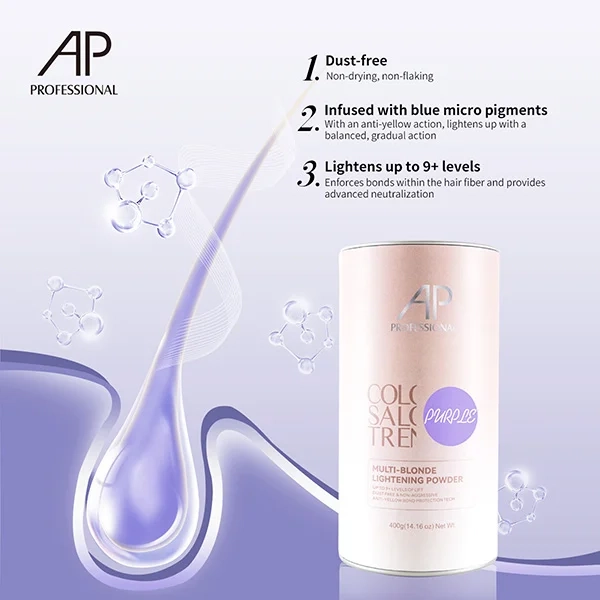Application of Urolithin A (CAS No.: 1143-70-0) in Anti-Aging Dietary Supplements

Urolithin A is a secondary metabolite produced by gut microbiota through the transformation of ellagic acid and ellagitannins, which are polyphenols found in pomegranates, berries, and some nuts. However, the conversion rate is highly dependent on individual gut microbiome composition, with a substantial percentage of the population unable to naturally produce UA in sufficient quantities. To overcome this biological variability, chemical synthesis offers a controlled and high-purity route to obtain UA in large quantities suitable for standardized supplementation. In this blog post, SACH will share the application of chemically synthesized Urolithin A (CAS No.:1143-70-0) in anti-aging dietary supplements.
Urolithin A Molecular Structure and Synthesis
Urolithin A has the IUPAC name 3,8-Dihydroxy-6H-dibenzo[b,d]pyran-6-one, with the CAS Registry Number 1143-70-0. It is a benzocoumarin derivative, featuring a fused dibenzopyranone core and two hydroxyl groups at positions 3 and 8. This molecular structure plays a key role in its redox potential and bioactivity.
Chemically synthesized Urolithin A is typically obtained via multi-step organic synthesis, often starting from phloroglucinol or other phenolic intermediates. The synthesis involves:
- Friedel–Crafts acylation to construct the core lactone structure,
- Hydroxylation reactions to position hydroxyl groups precisely,
- Cyclization and purification to achieve high yield and purity (>98% HPLC).

Mechanism of Action in Anti-Aging
The anti-aging benefits of Urolithin A are primarily attributed to its ability to promote mitophagy—the selective degradation of dysfunctional mitochondria. With aging, mitochondrial efficiency declines, leading to cellular energy deficits and accumulation of reactive oxygen species (ROS).
Urolithin A intervenes by:
1. Activating the AMPK pathway: This energy-sensing pathway boosts mitochondrial biogenesis and oxidative phosphorylation.
2. Upregulating PINK1/Parkin signaling: These proteins mediate the tagging of damaged mitochondria for autophagic removal.
3. Enhancing autophagy and lysosomal activity, which restores cellular homeostasis and delays senescence.
In preclinical models, administration of UA has shown improvements in muscle function, cognitive performance, and lifespan extension, particularly in organisms with age-related mitochondrial dysfunction.
Bioavailability and Pharmacokinetics
One of the strengths of chemically synthesized UA is its optimized pharmacokinetics. Oral formulations, particularly microencapsulated or lipid-based UA, exhibit improved bioavailability compared to natural ellagitannins. Key pharmacokinetic features include:
- Rapid absorption in the small intestine,
- Peak plasma concentration (Tmax) reached within 6–8 hours,
- Half-life (T1/2) ranging from 10 to 12 hours, allowing once-daily dosing,
- Metabolization to glucuronide and sulfate conjugates, which retain some bioactivity.
Applications in Anti-Aging Supplement Formulations
Chemically synthesized Urolithin A is now featured in a variety of anti-aging dietary supplements, often in combination with other mitochondrial support agents such as CoQ10, NAD+ precursors (NMN/Niagen), and polyphenols. The key advantages in supplement development include:
- Standardized dosing: Enables precise control over UA content per capsule or serving.
- Stability and shelf-life: Synthetic UA is more stable under diverse storage conditions compared to naturally derived forms.
- Regulatory compliance: Chemically synthesized UA with proper documentation (e.g., GRAS status, novel food approval) is more straightforward to incorporate into global markets.
Several brands have leveraged these benefits to develop clinically validated UA-based formulations targeting:
- Muscle performance in aging populations,
- Cognitive health and neuroprotection,
- Energy and fatigue reduction,
- General longevity enhancement.
Conclusion
Chemically synthesized Urolithin A (CAS No.: 1143-70-0) represents a scientifically validated, scalable, and bioavailable compound for the development of anti-aging dietary supplements. Its targeted mechanism in mitochondrial rejuvenation, combined with clinical backing and regulatory acceptance, makes it a cornerstone ingredient in the future of longevity-focused nutraceuticals.
www.hzsqchem.com
SACH


